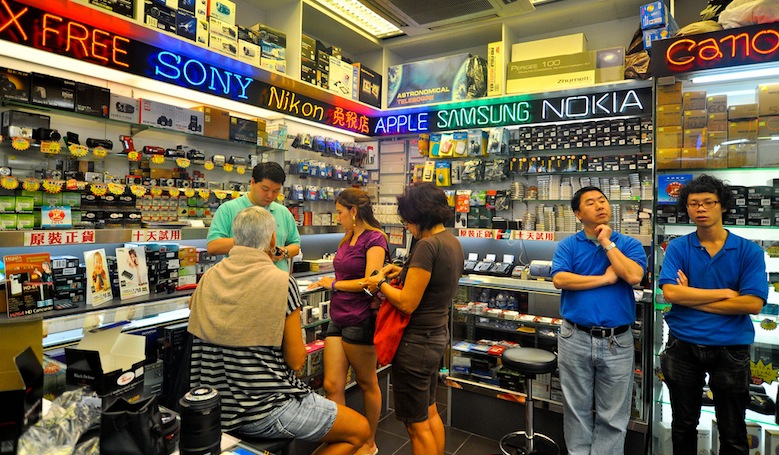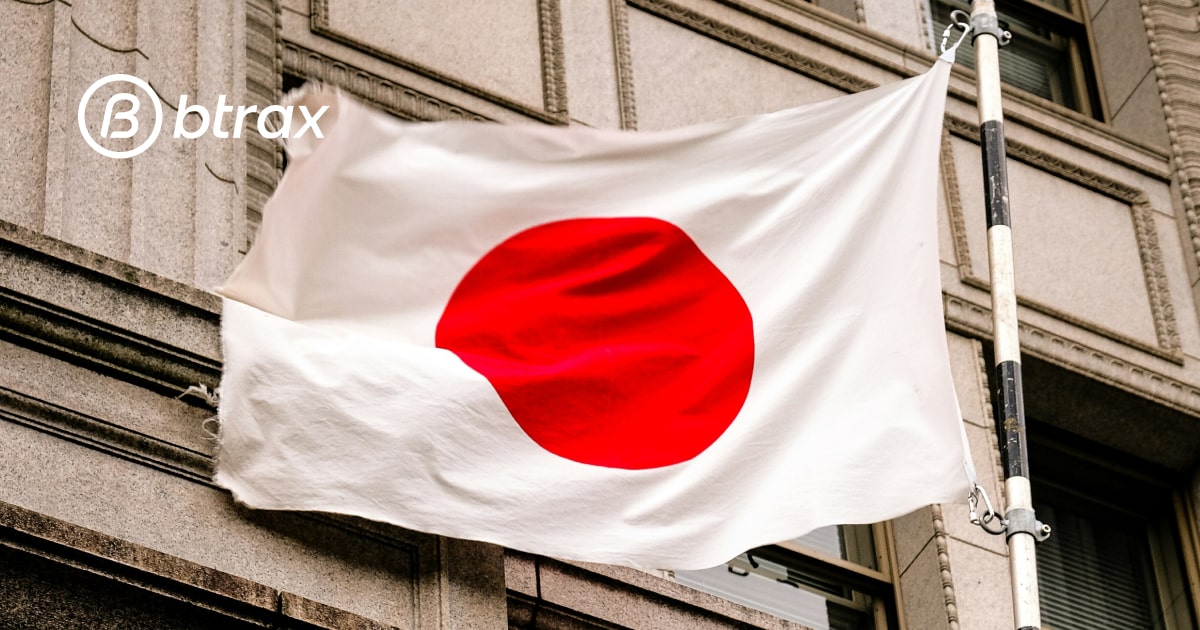
Btrax Design Company > Freshtrax > Branding and Cu...
Branding and Culture: The Winning Combination
For companies seeking to expand to foreign shores, one of the biggest implications of globalization is the task of balancing standardization with customization. Brands in the current globalized world signify more than just products with recognizable logos.
Brands have transcended the commodity trap and have seeped into peoples’ lives in many aspects – they have come to signify avenues through which people express their personalities, attitudes, likes/dislikes, association with different groups and so on. As such, brands succeed if they offer customers opportunities to express themselves.
Being a global brand with an entrenched identity and personality while still adapting to local demands is a Herculean task. The following guidelines would facilitate a smoother transition for brands to suit local subtleties and attract local customers.
1) Understand the local market
Companies would do themselves a huge favor if they do not generalize markets based on some superficial parameter. Each market has its own subtleties, unique characteristics and customer preferences. Many of these unique characteristics are deeply inspired by the cultural underpinnings of the society. Understanding these underlying parameters would allow companies to effectively target customers.
2) Finer segmentation for faster adaptation
Markets by nature are known for their multiple segments. Though a very basic exercise in marketing, segmentation is indeed one of the fundamental tools that can equip a company to effectively channel its resources. With emerging economies integrating into the global market, the diversity is bound to multiply. This not only offers companies a huge increase in potential customers but also an opportunity to segment finer and leverage the market situation.
3) Channels – A strategic brand component
In many markets, reaching the customer at the right place at the right time differentiates success from failure. In China and India, channel management is the key to success. Many global brands that are used to huge supermarket chains such as Wal-Mart tend to think in similar terms in foreign and developing markets as well.
Unorganized retail still dominates in many Asian markets. In such scenarios, global brands would succeed if they recognize the criticality of building strong channels and adapting their model to ground realities in the market they are present.
4) Know your bottom of the pyramid customers
In spite of the growing economy and increasing spending power, emerging markets and still developing countries are characterized by a sizeable bottom of the pyramid segment. This segment mainly consists of customers who are gradually aspiring to integrate into the main stream. They are low on resources but high on aspirations and ambitions.
This segment also shows the promise of being a very lucrative segment in the long run. But the majority of this segment are not ready to pay high prices. Customers in this segment seek products that offer considerably good quality at an affordable price. This poses new challenges for global brands as their success depends on their ability to adapt to local conditions and respond to local demands.
5) Local acts for global brands
Asian economies are booming, global trade has increased, technical and knowledge outsourcing has given birth to millions of jobs, disposable income is on the rise and governments have taken the lead to integrate many such countries with the global economy. These factors have led to the emergence of customers who no longer only look to the West to build an identity. These customers are becoming increasingly confident and satisfied with many local brands. This once again compels established global brands to balance global identities with local subtleties.
Conclusion
Glocalization is a part of the process of being culturally sensitive. Global brands are usually adamant to continue their winning structure into every market they enter. After all, it is these structures that have made these brands so powerful. But in the process of being dominant and refusing to budge from the standardized procedures, these brands tend to ignore the underlying force that drives customers and their purchase decisions in diverse markets.
As markets integrate and customers migrate, there is a possibility of the emergence of a much similar force that is common among markets. Despite the confident march of globalization across the world, markets still continue to be unique. Till such a time arrives when differences cease to exist, global brands must continue to honor local cultures and adapt their brands to such conditions in order to be successful.
 |
Martin Roll – Guest Contributor
A world-renowned thought-leader and advisor focusing on building and managing successful businesses through iconic brands, Martin Roll helps global clients to enhance financial value and create sustainable competitive advantage. Martin Roll is a highly accomplished speaker, presenter, moderator, and business columnist. He teaches at leading global business schools and holds an MBA from INSEAD. Author of global bestseller Asian Brand Strategy, Martin is currently writing four new global management books. Follow him @martinroll. |
Photo by: idirectori
Check Out Our FREE E-Books!
Discover our FREE e-books packed with valuable research and firsthand insights from industry experts!
Dive into our collection below, and stay tuned – we’re constantly adding new titles to keep you ahead of the curve.
- Big in Japan: Global Brands Thriving in the Japanese Market, Vol. 1
- A Guide to the Promotional Seasons in Japan
- What I Wish I Knew Before Entering the Japanese Market
- 100+ Facts to Understand the Motivations Behind Japanese Behaviors
- Insights on Japan’s Changing Workstyle
- Insights into Japan’s E-Commerce and Direct to Consumer (D2C) Market







